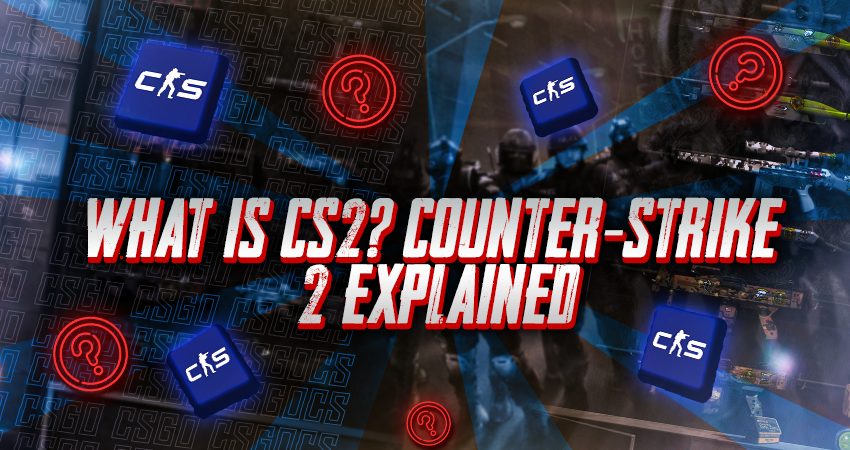Empowering Relationships: BVSM Marriage Services
Explore expert advice and support for successful marriages.
Map Your Victory: Navigating the CS2 Veto System with Strategy and Style
Master the CS2 Veto System and conquer with style! Discover winning strategies to outsmart opponents and map your path to victory.
Understanding the CS2 Veto System: A Beginner's Guide
The CS2 Veto System plays a critical role in competitive matchmaking, allowing players to influence the map pool during games. Understanding how this system operates is essential for new players and veterans alike. When a match begins, each team takes turns vetoing maps, meaning they eliminate specific maps from the selection process where they do not wish to play. This unique mechanic not only adds strategic depth to the game but also empowers players to capitalize on their own strengths while minimizing potential weaknesses against opponents.
To navigate the CS2 Veto System effectively, it's vital to remember the order of operations: typically, one team will ban a map, followed by the other team, until only a set number of maps remain for selection. Here’s a simple rundown of how it works:
- Team A bans a map
- Team B bans a map
- Team A selects a map to play
- Team B selects the second map
By mastering this process, players can enhance their chances of success in matches and develop a better understanding of strategic map selection.

Counter-Strike is a popular first-person shooter game that has captivated gamers worldwide with its competitive gameplay and strategic elements. One of the notable weapons in the game is the sg 553 bulldozer, which is favored for its versatility and firepower. Players can engage in various game modes, from bomb defusal to hostage rescue, making each match a unique experience.
Top Strategies for Mastering the CS2 Veto Process
Mastering the CS2 veto process is essential for teams aiming to gain a competitive edge in tournaments. The veto phase significantly influences the outcome of matches as it dictates the maps that will be played. To effectively navigate this process, teams should implement a strategic approach that involves understanding both their own strengths and the map pool thoroughly. Analyzing past performance statistics on different maps can help wrestle control from opponents. Additionally, it’s crucial to communicate openly with your team to ensure everyone is aligned on strategies and map preferences.
One vital strategy in the CS2 veto process is to prioritize bans based on opponents' weaknesses. If your rival has demonstrated vulnerabilities on specific maps during previous games, be aggressive in vetoing those to disrupt their rhythm. Conversely, when making selections, aim for maps where your team excels, giving you the best chance to leverage your strengths in gameplay. Keep a close eye on the ever-evolving meta, as map relevancy can shift, making adaptability an essential part of mastering the veto process.
Frequently Asked Questions About the CS2 Veto System
The CS2 Veto System has become a crucial aspect of competitive play in Counter-Strike 2, leading to several inquiries among players and teams. One of the most common questions is how the veto process works during match setups. In simple terms, each team has a chance to eliminate maps from the pool until only one map remains for the match. This method ensures that both teams compete on a map where they feel most comfortable, potentially leveling the playing field. Additionally, many players wonder about the ranking system and how it interacts with the veto process, as it can influence which maps are likely to be picked or banned based on the team's previous performance.
Another frequently asked question revolves around the strategy behind the veto choices. Teams often consider various factors such as their past performance on specific maps, the strengths and weaknesses of their opponents, and the current meta in professional play. In some cases, teams may also choose to probe their opponents' tendencies by vetoing certain maps while leaving others open, hoping to catch them off guard. Understanding these intricacies of the CS2 Veto System can significantly impact a team's success in competitive matches, making it essential for players to engage with the process thoughtfully.